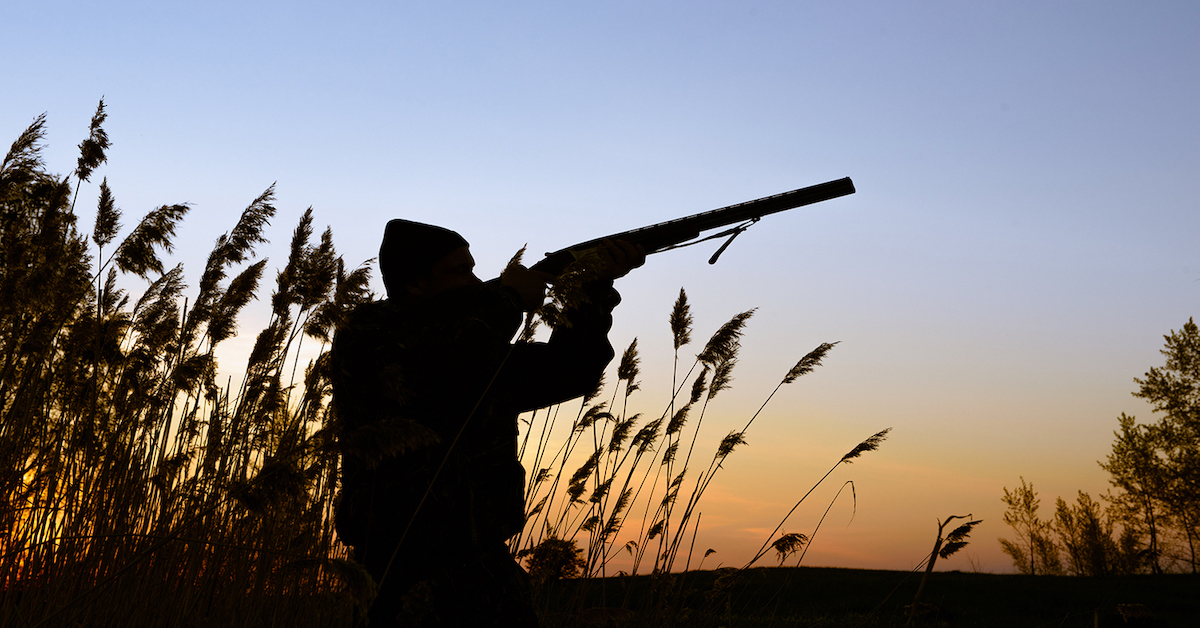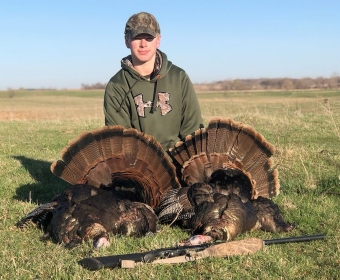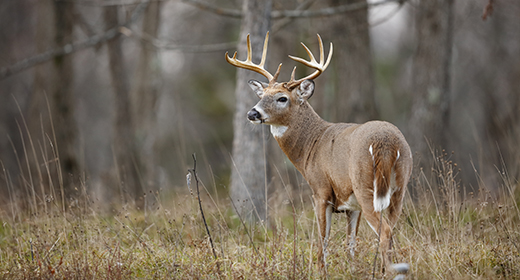
Moose are dark-colored and have fleshy, thick skin. Their preferred habitats are wet and humid areas. Humans rarely scare them. You can also try muzzleloader and rifle hunting. There are many options. Choose the one that best suits you. It is important to consider how you are going to harvest your prize. If you are not the hunter type, consider taking a guided trip.
Moose are rich in flesh and dark red.
Moose are large mammals with a long gestation period of about 230 days. Twins are quite common. The moose's young are tan and contrast with the darker colour of their adults. The young moose are dependent on their mother for protection during winter months. Before giving birth, mothers drive the calves away and leave them to search for new living spaces.
They prefer humid, wet places
Colorado's Moose prefer to hunt in moist and humid environments. They prefer habitats with low overstory cover and high-quality food. The best time to hunt moose is during spring and summer, when vegetation is dense and the temperatures are cool. They are found on the lower slopes and mountains, where the wind keeps snow accumulation down. Moose love damp and open areas in fall.

They aren’t afraid of people
Although they are not very aggressive, moose can be dangerous if provoked. While they won't shy away from people, they can be dangerous when provoked. They are more friendly and approachable than other animals, but you should be aware of the dangers that moose can pose to humans. If they feel threatened they will run at you using their hooves as well as their entire weight to fight off.
Hunters don't often scare them.
Moose are not usually scared of humans. They are so large that they can be mistaken for horses. They have long, rectangular heads, and their antlers may reach five feet wide. They are peaceful and don't often scare hunters away. Aspen can be seen by Colorado hunters as moose, although they are not usually aggressive.
They aren't scared off by coyotes
You need to be aware of the dangers posed by coyotes if you are going out hunting for Colorado moose. While these wild animals are naturally fearful of humans, they can become aggressive if you are not careful. They will become aggressive if you try and scare them away using a kick or stick. This can lead to problems later on, when you want to kill them for food.
They have a dangling and hairy dewlap
Moose, which can reach up to one thousand pounds and stand at around 7 feet at their shoulders, are some of the largest mammals in the world. They are a common sight in Colorado hunting areas, and the bull moose is the most popular and most impressive of the animals. The dewlap refers to a hairy wrinkle on the skin of the moose that hangs below its neck. This is the hairy dewlap that can be seen when you hunt in Colorado.

Foxes aren't a threat to their safety.
A hunter might have seen moose run through the woods but not thought they would be able escape from a predator like a fox. Don't worry! You need not worry about foxes because moose don't fear them! Here are some important things to remember when hunting for Colorado moose.
They aren’t afraid of coyotes
Moose hunting in Colorado isn't afraid of coyotes, and is a great way to get your fill of the mountain's wild game. While they are not as fearsome as coyotes, they do have their drawbacks. If they are too close to you, they may be aggressive towards you or your pets. It is possible to live in peace with them if you keep your contact to a minimum.
FAQ
What is the most important part when hunting animals?
How do you get there? Start by learning how you can shoot accurately. Next, we need to learn how to hit the target. We must also learn to adjust when we miss our target.
It is essential to know the basics of hunting. If you don’t understand the basics of hunting, you won’t be able to improve. Even though you might feel that you have improved through better shots, it doesn't mean you will be any better. This holds true when it comes to hitting targets. You won't improve if you don't know why you are missing. This means that you must know what you are aiming for.
This is where knowledge comes in. Knowledge is key to your ability to hunt. If you go out into nature, you will want to be as knowledgeable as possible about the animals you come across. You should be familiar with their behavior, habits, and personalities. So you can plan your hunts smoothly and efficiently.
Learning from past success stories is a great way to improve your skills. There are many books that can be found on this subject. In addition, there are websites like www.thehuntingzone.com that offer great tips and advice. Finally, you have people who have years and years of experience. They can help you to identify what works well and what doesn’t.
Once you've learned everything you can, it's time to practice. Practice makes perfect. You shouldn't practice until your confidence is high. Instead, you should practice until you become confident. Confidence is a way to relax and enjoy the process. Relaxation helps you concentrate on the task at hand. Concentration will allow you to seize every opportunity. Opportunities will only appear if you are calm and focused.
It's time for you to test your new skills. Don't fret if you fail. Just keep practicing and improving. You will eventually achieve success.
How much does it cost to become a hunter?
Hunting costs vary depending on where you live.
In some areas, you may only need to pay a small membership fee to access public lands.
You may need permits and licenses from some states before you can hunt.
Hunting prices vary depending on which type of firearm is used. A rifle usually costs more than a shotgun.
The cost of a license ranges from $10 to $50. You might need to buy additional tags depending upon how many hunt days you want.
A permit is required to hunt certain species. The species you hunt will dictate the amount you pay.
For wild turkey hunting, you'll need to purchase a $150 tag.
What are the benefits to hunting?
Many cultures have long practiced hunting. It was used to hunt for food, shelter, clothes, medicines, and other purposes. Even today, hunters still hunt for sport but also food and recreation. The meat of hunted animals is typically eaten within minutes after they are killed, while skin, hair, feathers, bones and antlers can be sold as trophies.
Hunting isn’t just about eating, it’s a way that you can live.
Hunting families have strong ties to their friends and family because they spend so much time together. They share stories and experiences at campfires, and over meals.
Hunters love nature and wildlife which allows them to appreciate life on Earth.
They learn responsibility and respect for others when they take care of game animals.
Conservation is a way for hunters to become better citizens. They protect habitats as well as species. They are able to understand the amount of land and water that is necessary for survival.
Hunters are an integral part of a group. Their families rely on them. They help each other. They support local businesses.
Hunters are also able to give back to the community. Many hunters donate money to charities that assist children, the elderly, and veterans, among other causes.
Hunters have the option to volunteer their time to help others in need. They could volunteer with the Red Cross, Humane Society or Humane Society.
What gun is best to hunt?
A.22 calibre rifle is the most effective weapon for hunting. It is light and easy to transport. You can also shoot at great distances with it.
When you don't expect a predator to attack, this is the best time to use your firearm.
You don't want to waste ammunition by shooting at a tree, as it would do little damage. You need to have a clear shot at your prey.
You can hunt larger game with a rifle in the.30 caliber range. It is heavier than a.22 calibre rifle.
It will take more practice to be as accurate with a 30-caliber rifle.
Statistics
- Thanks to the 1937 Pittman-Robertson Act, an 11% excise tax was placed on the sale of firearms, which were then used for conservation. (stacker.com)
- - Percent of residents with paid hunting licenses: 0.7%- (stacker.com)
- Over the past 50 years, the number of hunting licenses in California has been on a rapid decline, falling 70% from more than 760,000 in the 1970s to under 268,000 in 2020—even as the state's population has skyrocketed, according to The Mercury News. (stacker.com)
- In less than 20 years, Rhode Island saw a 40% drop in the number of hunting licenses for residents, according to The Valley Breeze. (stacker.com)
External Links
How To
How to select the best hunting areas in the forest
When hunting in good areas, the first thing to do is identify what type of game you want to hunt. There are many different species of animals and birds living in forests. They all have their own habitat requirements so you will struggle to find the best place to hunt them.
There are two major types of forest animals: small and large mammals. Deer, elks, mooses, caribous, bears, wild boars, and wolves are all examples of large mammals. Small animals include rabbits, squirrels, hares, grouse, pheasant, partridge, quail, woodcock, pigeon, and dove. Each species requires its own specific habitat, so you must choose the right location before going out into the woods. You can check your local area's flora and fauna list online to see whether there are any endangered species living near your home. It is important to ensure that there are no poachers in the area you plan on hunting a specific species.
It is important to understand how to set up equipment for hunting a particular species. Because it can affect your success rate, it is important to have the right equipment. If you are hunting rabbits, for example, you will need a gun capable of accurately shooting at close range. However, if your goal is to hunt larger animals like deer or elk, you will need a rifle that can shoot long distances. You will also need bait to lure the prey. Some people recommend placing meat inside a trap to lure the animal, while others prefer using corn or peanut butter. Whatever method you choose, make sure that you follow the rules and regulations of the country where you intend to hunt.
You need to consider many factors when choosing a hunting location, including weather conditions, terrain, vegetation and wildlife population. Safety is the main consideration when hunting. You should ensure that there are no predators or dangerous animals in the area you choose. In addition, try to avoid areas where there are too many people, especially during hunting season. The seasons can help you plan when to hunt.
The weather is also important when you are choosing a hunting spot. This is important as it will determine the number of animals you can hunt. The ground is covered in snow when the temperature drops to below zero Celsius. Deer, bears, wolves, and coyotes tend to hide under the thick layer of snow, making it difficult to track them down. If you are lucky enough to have clear skies, you may be capable of seeing these animals. However, summer temperatures reach above 30°C and the sun warms earth. It is easier for animals to find shelter from the heat, as they move away from it.
It is important to consider the terrain. Flat surfaces make it easier to run and walk through the area. However, uneven surfaces can be more difficult. Steep slopes make it more difficult to climb. Additionally, streams and rivers often leave muddy tracks. Make sure you find a place with no obstacles so it is easy to travel around.
In addition to the terrain, you should also look at the vegetation. Plants can vary in size and density depending on their environment. For smaller animals, larger trees provide shade and cover. While shrubs and bushes are great hiding spots for them, they can also be used as shelter. Dense vegetation is the best option if you are looking for large animals.
Finally, you should also pay attention to the amount of wildlife. Statisticians estimate that North America has more than 100 million deer. They eat more than half the food that crops produce, and they are vital to biodiversity. If the population grows, it could cause problems for the ecosystem and make them pests. It is therefore important to keep the population in balance.